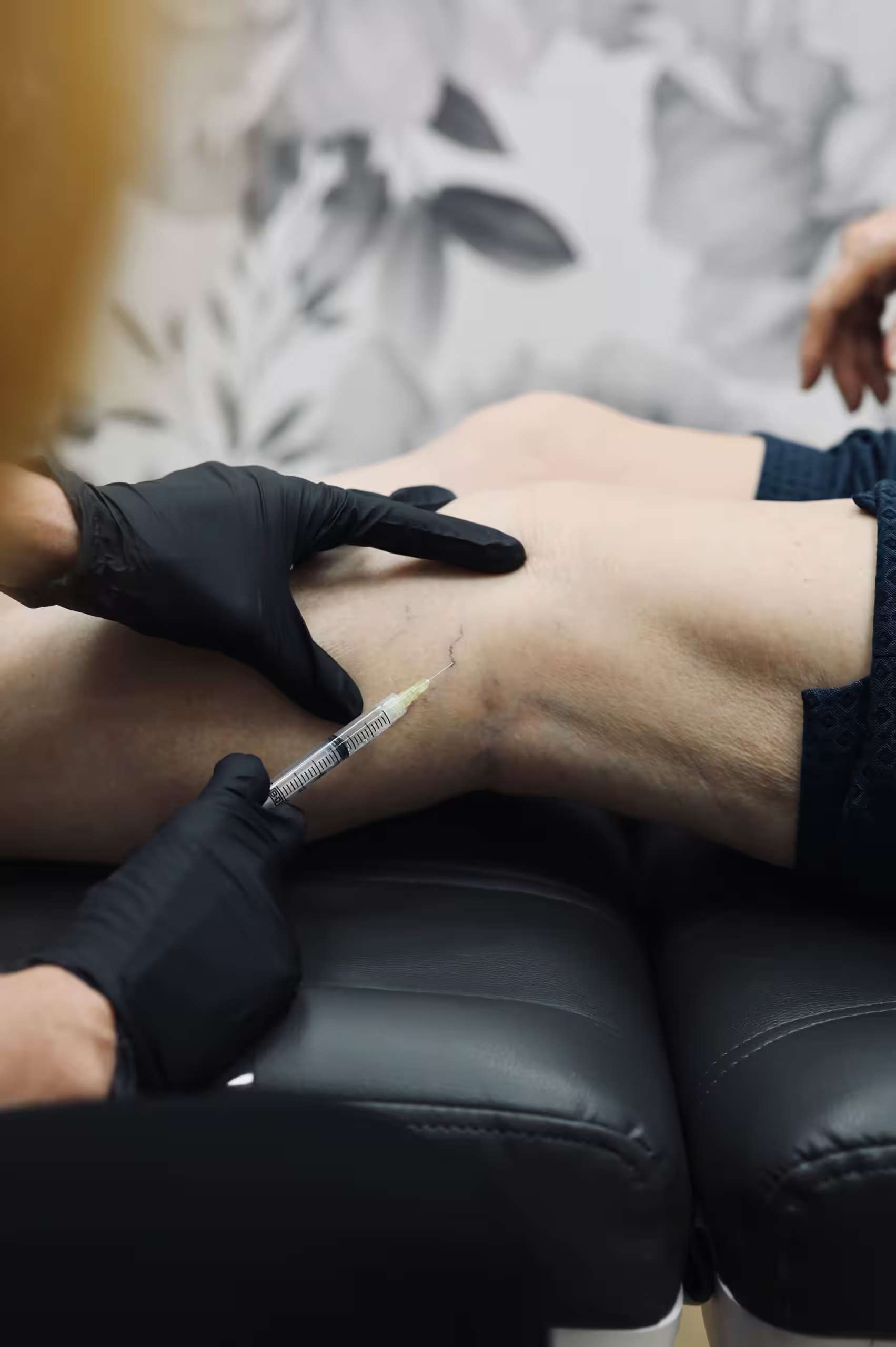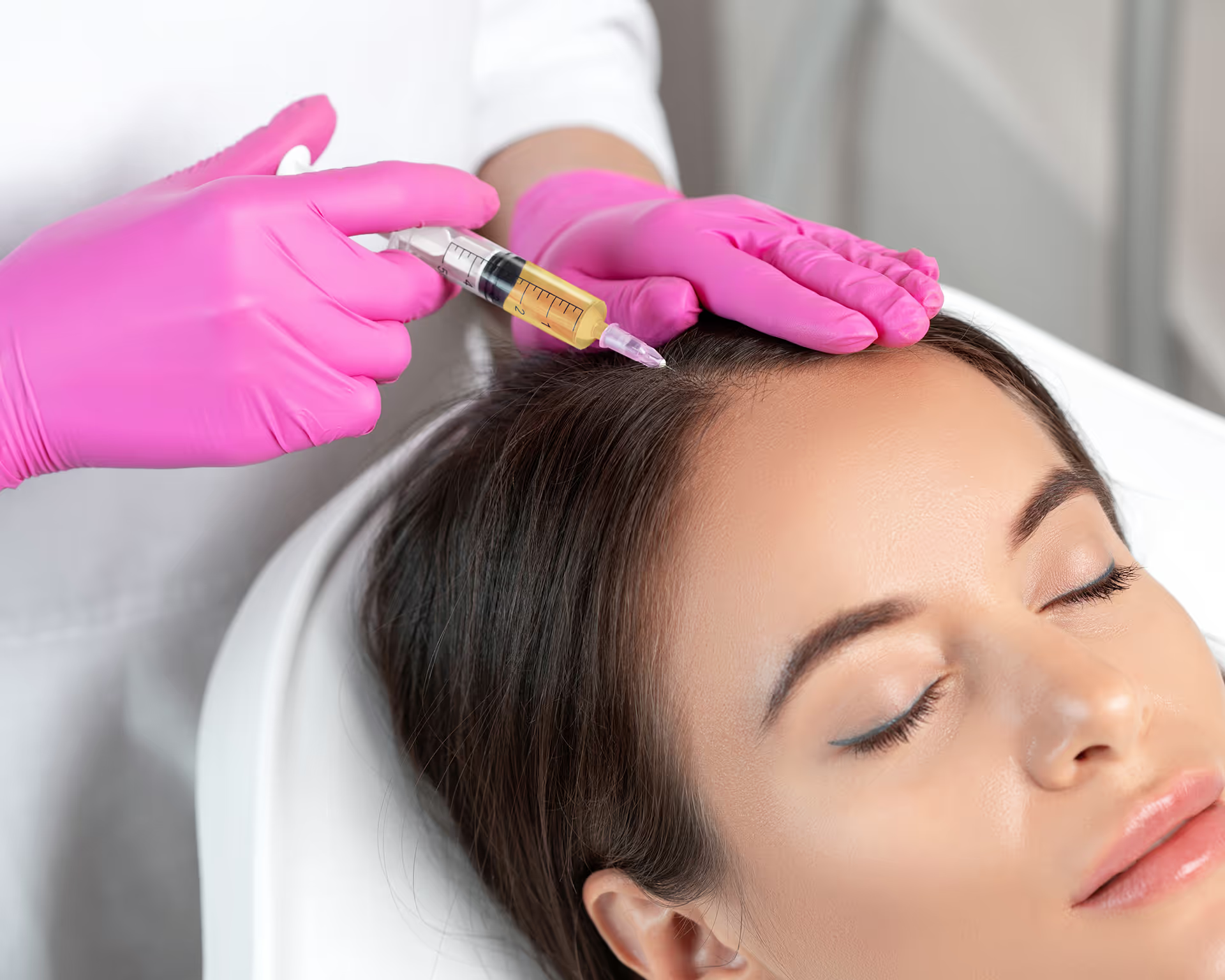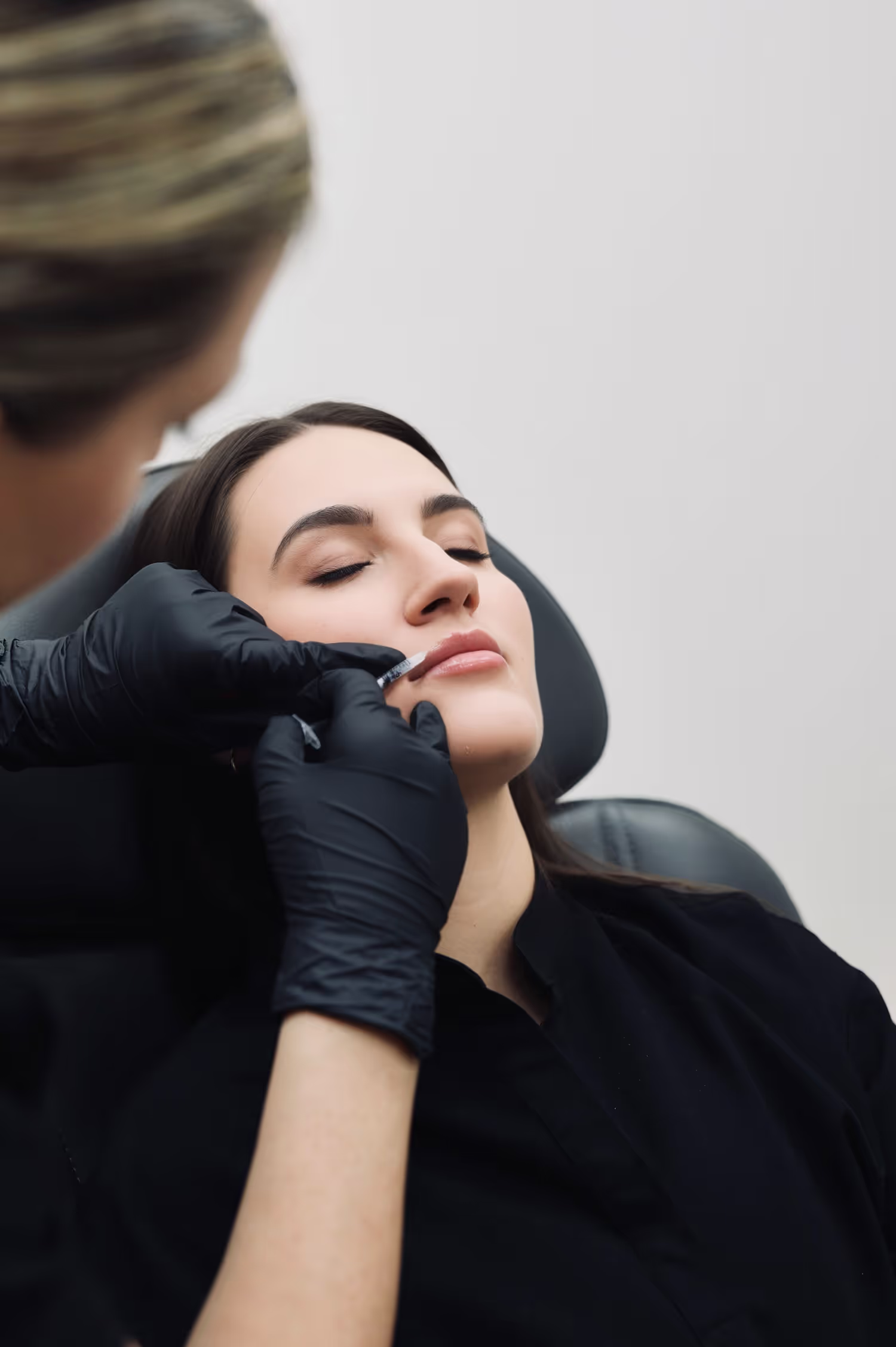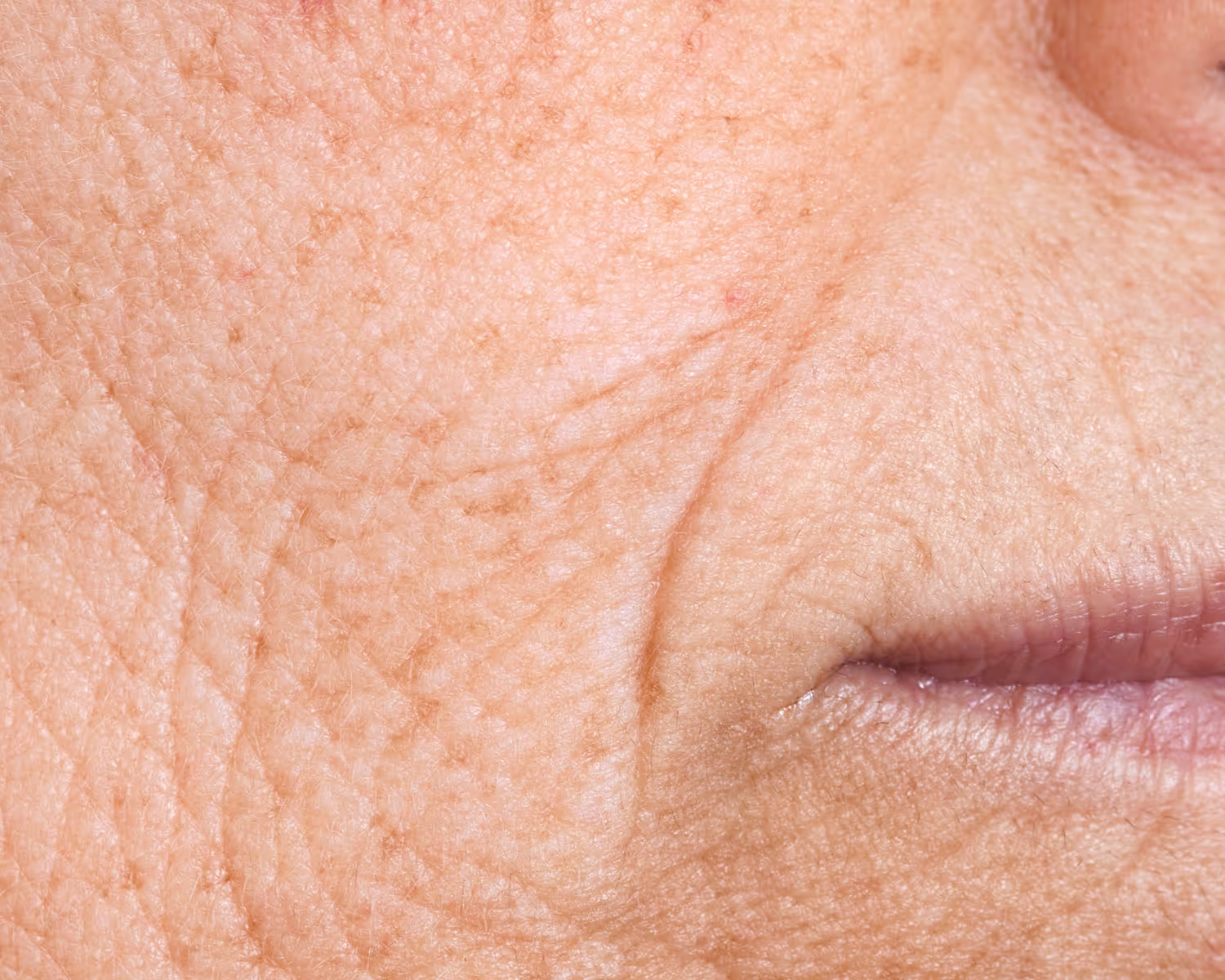Even though Sclerotherapy is a straightforward and less invasive process, knowing what to anticipate following treatment is crucial for a quick and complete recovery.
Are You a Good Candidate for Sclerotherapy?
If you want to know if Sclerotherapy is the best treatment for you, it’s crucial to discuss with your Nurse Practitioner what to anticipate during your session. In the end, the veins are much more likely to recur over time if the source of the issue is not treated.
What Steps Do You Have to Take Before the Treatment?
Before your Sclerotherapy treatment, be sure to make your Nurse Practitioner aware of any pre-existing medical conditions or medications you are taking. These factors could affect how your body responds to the treatment. Wear loose and comfortable clothing with minimal jewellery when preparing for a Sclerotherapy treatment. You may require antihistamines before the procedure to prevent skin irritation, itching or swelling. It is critically important for patients to follow all instructions from your Nurse Practitioner, and we'll answer all your questions during your consultation. We aim to help you achieve optimal results for your Sclerotherapy and minimize the side effects.
How Do You Look After Yourself Following the Procedure?
After a Sclerotherapy treatment, you can often resume your normal activities, but your Nurse Practitioner may suggest that you refrain from them for a while. Exercises with high impact, including sprinting or jumping, as well as extended standing or sitting, may fall under this category. A hot bath or sauna should be avoided since they can enhance blood flow and cause the treated veins to reopen.
Compression Stockings
Your Nurse Practitioner probably tells you to wear compression stockings for a while after Sclerotherapy treatment. In the treated veins, compression stockings aid in promoting blood flow and lowering the chance of blood clot formation. These may also lessen discomfort and edema, a swelling induced by trapped fluids in the ankles or feet.
Minor Swelling and Bruising
After Sclerotherapy, it’s typical to suffer some swelling and bruising in the treated area. This swelling or bruising is typically minor and will disappear in a week or two. Using compression stockings and steering clear of activities that irritate the treated veins will help reduce bruising and swelling.
Follow-Up Appointments
Your Nurse Practitioner will arrange a follow-up appointment after your Sclerotherapy treatment to check your progress and ensure the procedure was successful. You might need to go through several treatments, depending on how severe your problem is, to get the desired results.
Results & Side Effects
With Sclerotherapy treatment, your spider or varicose veins may appear better right away, but it may take a few weeks or months to observe the full effects of the procedure. To guarantee the best outcome, it’s critical to have patience and adhere to your Nurse Practitioner’s recommendations.
There is a low percentage likelihood of some discomfort following your procedure, even though Sclerotherapy is typically secure and efficient. Some possible side effects include blood clots, allergic reactions to the fluid, and skin pigmentation in the treated area.
To reduce the chance of complications, carefully follow all post-treatment recommendations from your Nurse Practitioner.
For a quick and complete recovery, it's crucial to know what to expect after Sclerotherapy, a safe and effective treatment for spider and varicose veins. Book an appointment today at Seamless Health or call 416-639-8791 to learn more.





